Productivity boost with cloud computing

Image: Shutterstock
Technological obsolescence is described as a state when a technical product or service is no longer needed or wanted even though it could be in perfect working order. Technological obsolescence generally occurs when a new upgraded product is created to replace an older version. To get an idea, think about your smartphone, by the time you get accustomed to its numerous features; there is already a newer swankier version launched. Indeed, there will be some novel features, some enhancements, productivity gains. But these efficiency gains come at a price. The big question is, what do you choose: efficiency or expenditure?
This dilemma exists at the consumer level. Somewhat similar, but more complex, is the dilemma faced by enterprises. When it comes to technology, enterprises seem to walk on a tight-rope. At one end, they need to curb costs that could even entail cutting down on investments. On the other hand, they need to improve productivity, ensure that the competitive edge is not lost. Hence, enterprise applications need to be updated; hardware needs to be upgraded, and so on. This can be quite a challenge, especially when technology is in a constant state of flux. There are newer and better versions of the same hardware or software applications available almost every quarter. Thus, when to upgrade and what to upgrade can be quite baffling. After all, improving efficiency is a perpetual goal.
So, should you be cutting costs or investing for growth? The answer is simple; the best companies do both.
This is where cloud computing comes into the picture. According to Investopedia; cloud computing is the delivery of different services through the Internet. These resources include tools and applications like data storage, servers, databases, networking, and software applications. Over the past decade and more, Indian enterprises have embraced cloud computing for a multitude of functions; right for email management to financial accounting. The growth in the market has been unprecedented. According to Gartner, the size of the cloud services market in India will be worth $4.1 billion by the end of 2020, from $1.3 Billion in 2016. A global survey by Logic Monitor states that about 83% of enterprise workloads will be on the cloud by the end of 2020. The case is not much different for Indian enterprises.
So, what is driving this cloud computing uptake?
It is the duality of increased efficiency and decreased costs. Rather than investing in capital expenditure (CapEx), corporates can leverage the power of computing via a hosted model. Also, the big cloud computing providers are continually investing in their infrastructure, the company does not have to bother about technological obsolescence. This is a win-win for any company, irrespective of its size and geography. To further enumerate, here are some of the benefits of cloud computing that help in increasing enterprise efficiency:
Operational expenditure: The company does not have to invest in CapEx, and neither does it have to invest in resources to run and maintain the infrastructure. This frees up capital which could be invested back in the business.
Security: Cloud providers - especially the big ones -- invest heavily into security because they are aware of the impact a breach can have on their reputation and the business.
Forecasting: The best thing about cloud computing is that you can scale up as your business grows. The company does not need to invest in infrastructure before-hand; they can keep building upon it as the business grows.
In case, as an organisation you are concerned about the privacy of data, and need to store it on-premise. There's the hybrid computing model that comes into play, which enables sensitive data to be stored locally. At the same time, non-sensitive can be shifted to the cloud.
And it isn't just about business; cloud computing is good for the planet as well. The big cloud computing companies like Google, etc., not only have the scale but also have an enormous amount of operational efficiency. Through the use of innovations like tailored chips, high-density storage, virtual-machine software, ultrafast networking and customised airflow systems — big companies can increase computing output while decreasing their power usage. Take the case of Google, according to reports, the company's data centers on average generate seven times more computing power than they did just five years ago, using the same amount of electricity.
In the end, if you are interested in increasing the efficiency of your company, and decrease the cost as well, there's hardly any better alternative than cloud computing. And yes, while your workload is being processed on a server somewhere else, you also end up saving the planet. Not a bad side-effect, after all.



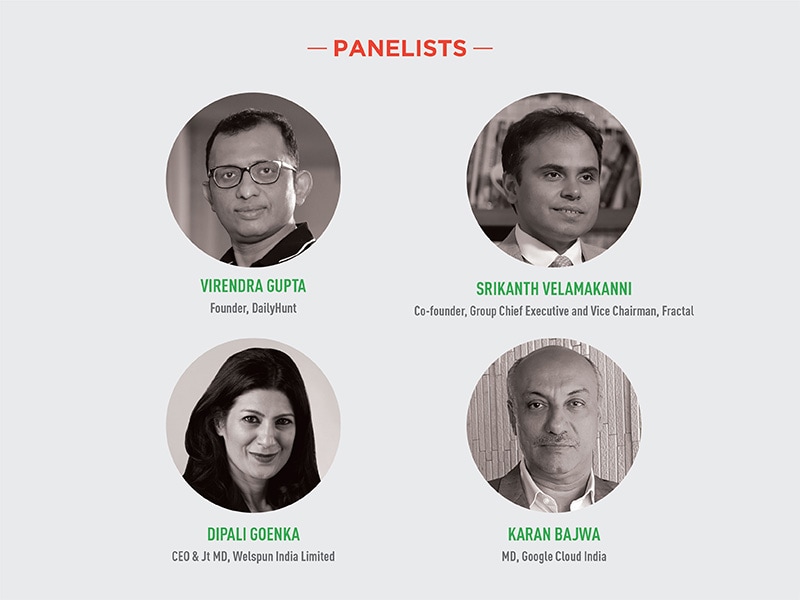
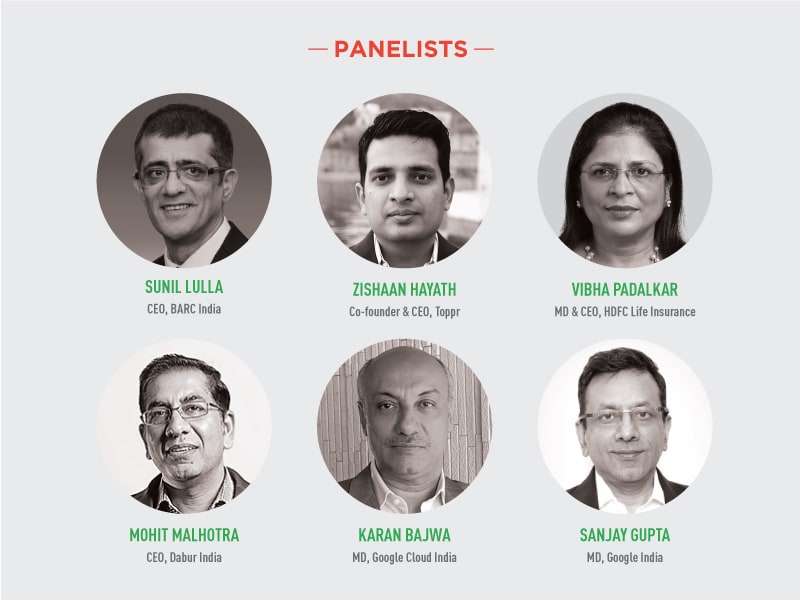
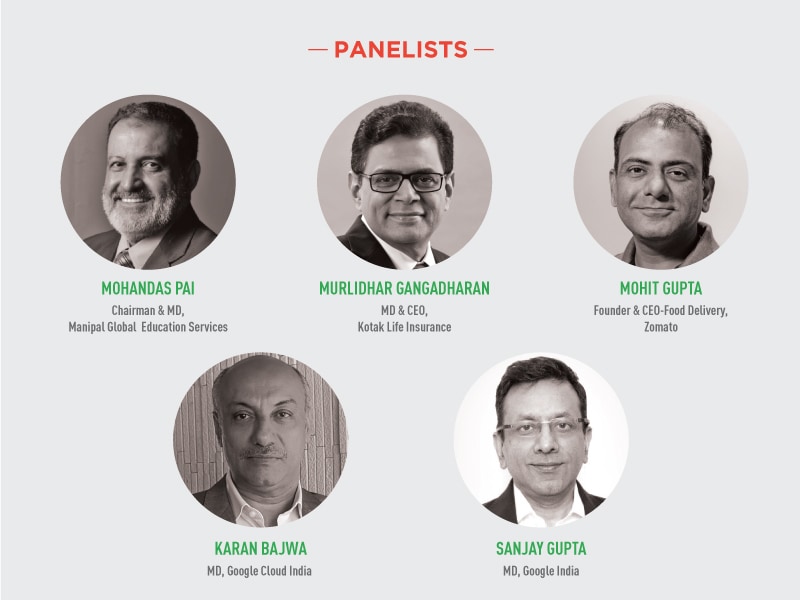
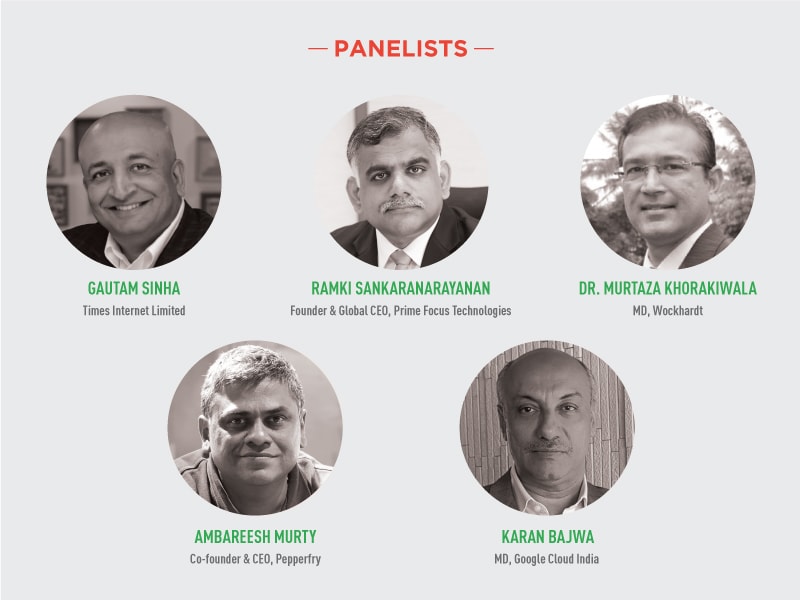
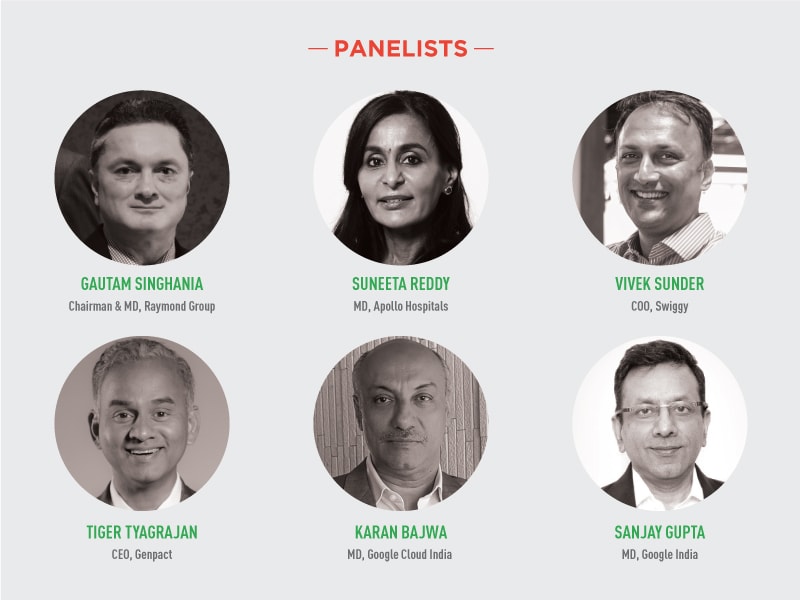
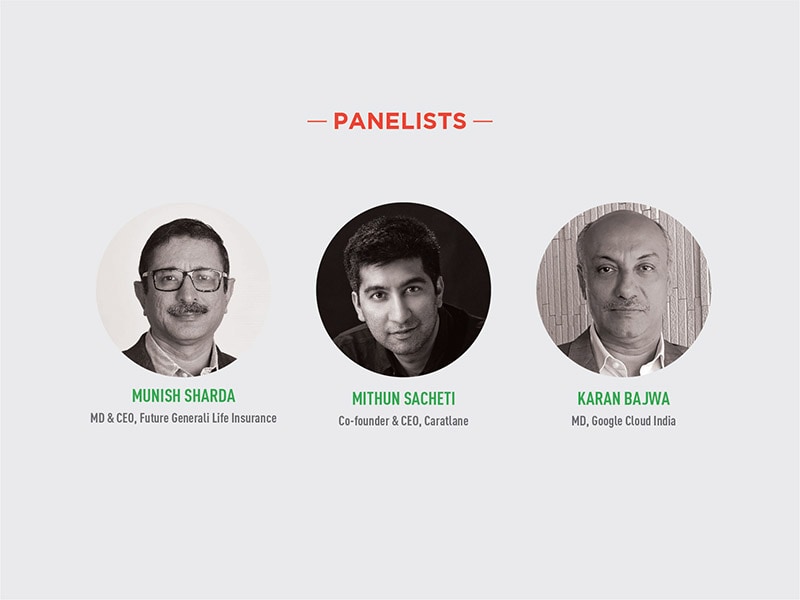
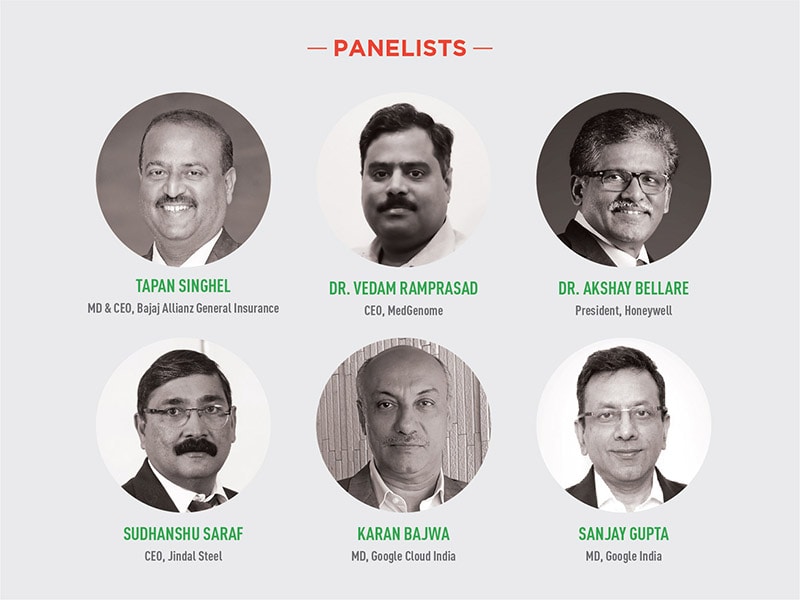
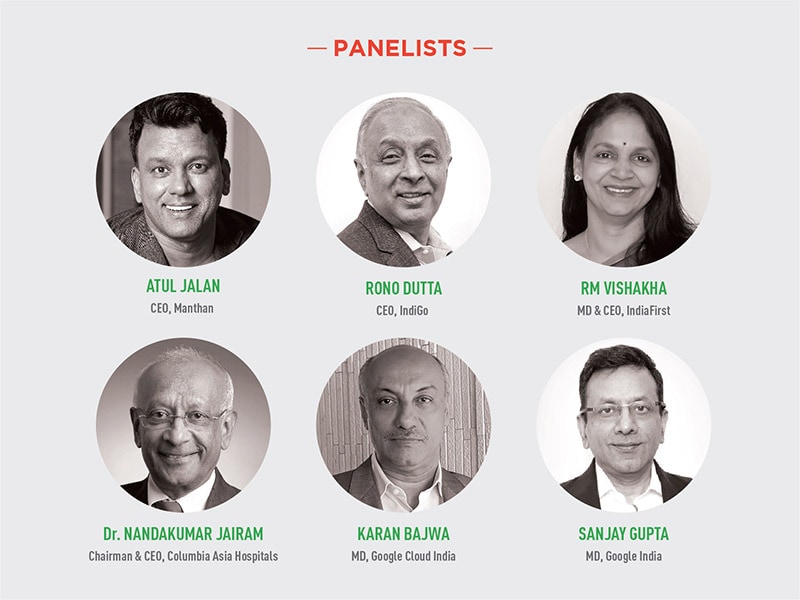
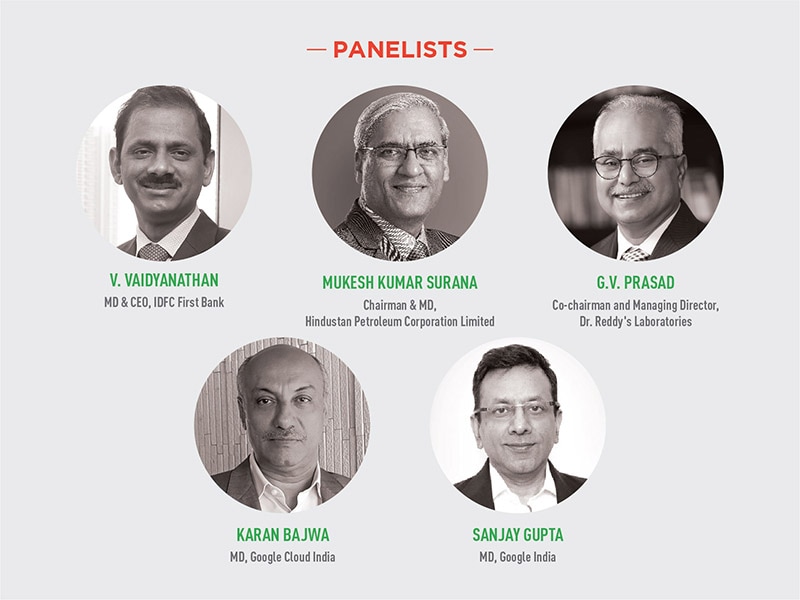
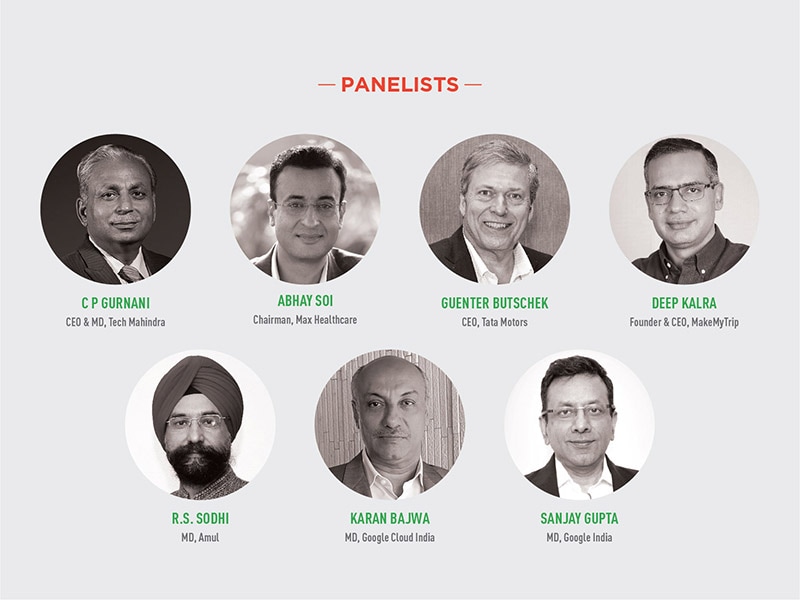
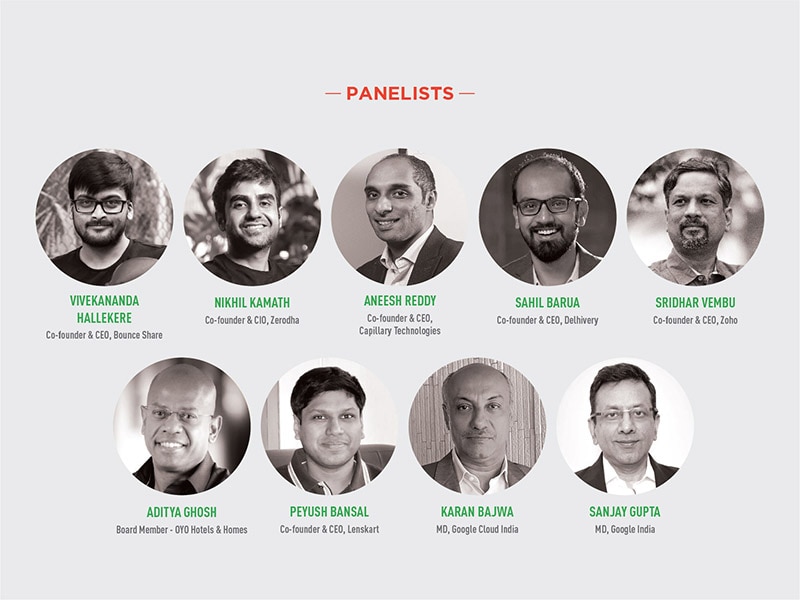

.jpg)





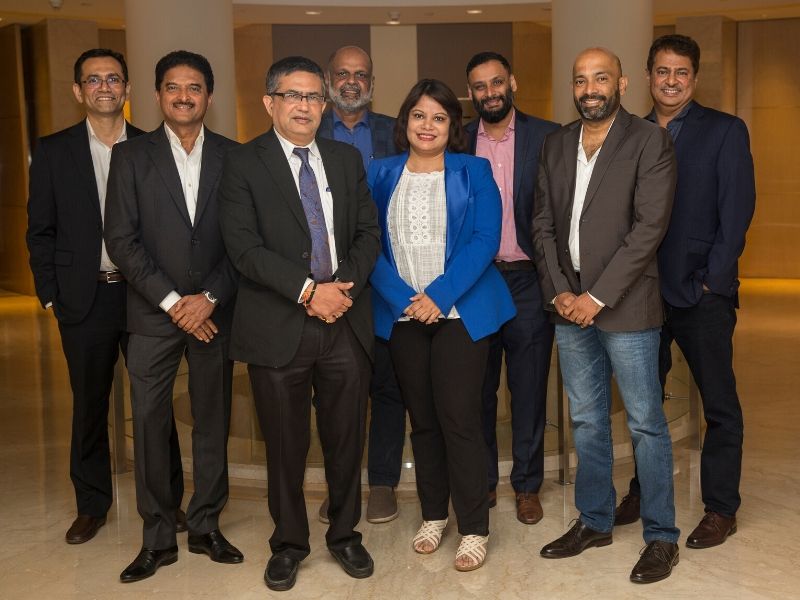




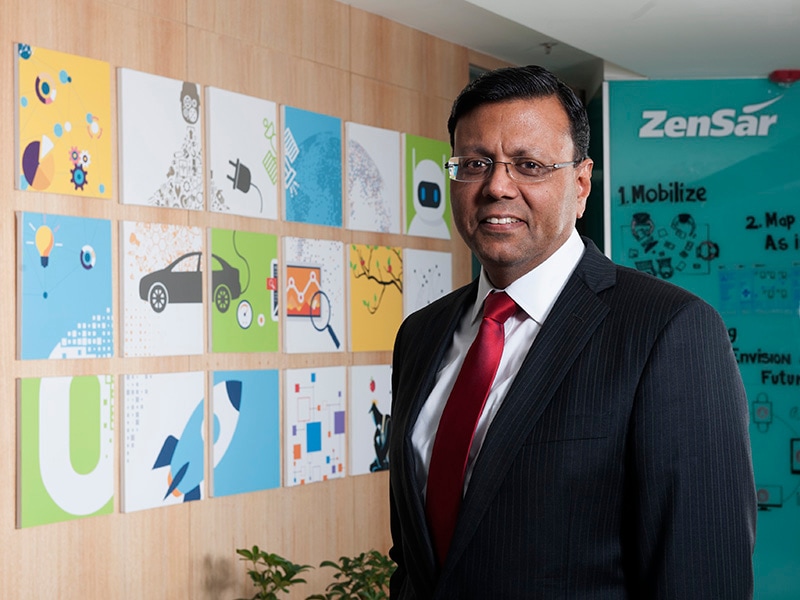
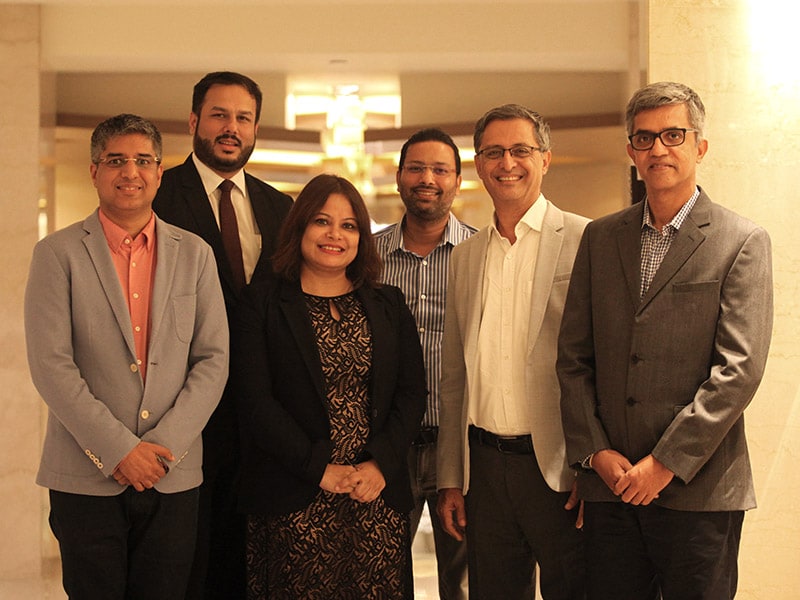
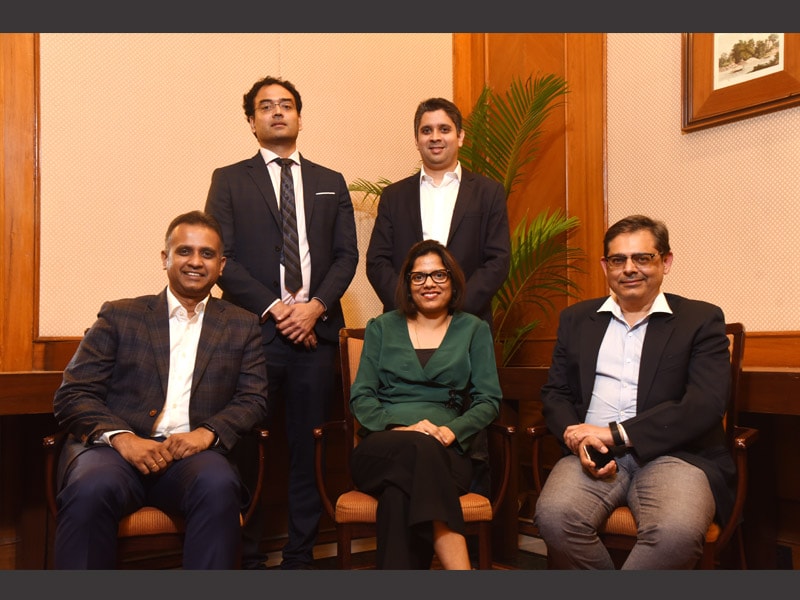




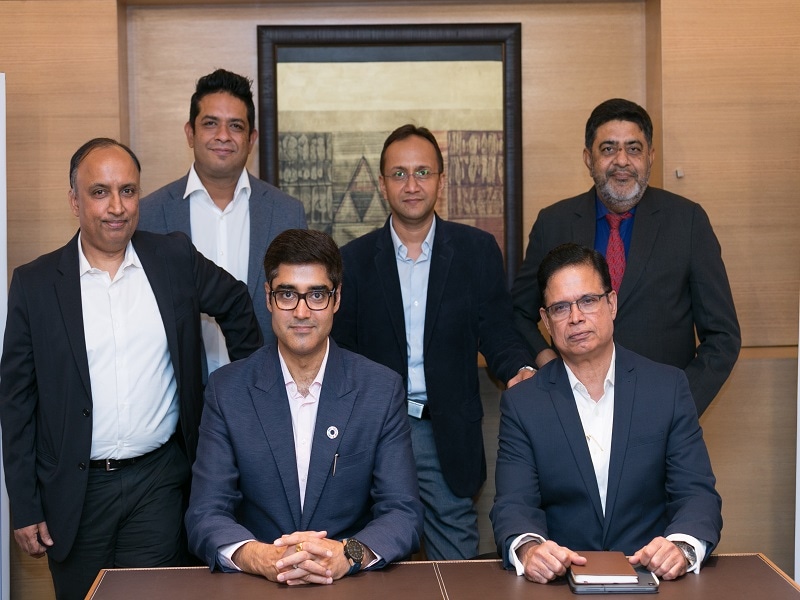



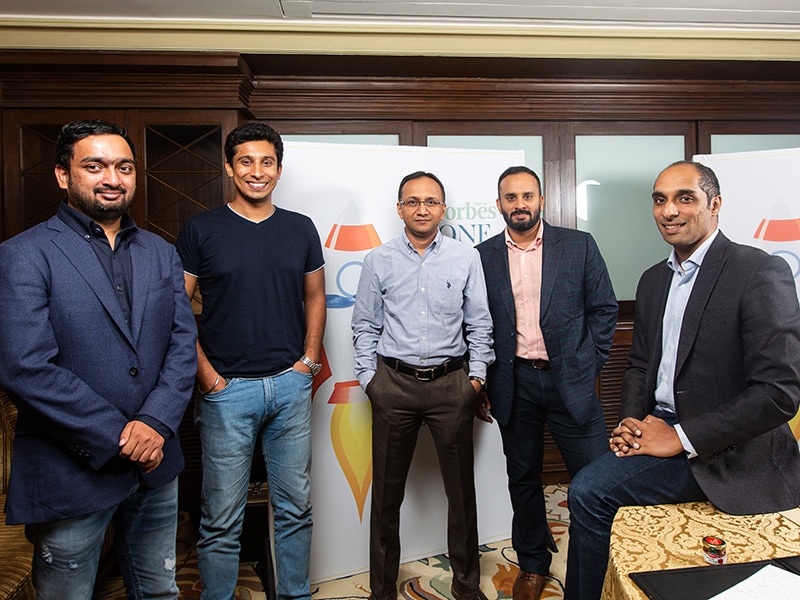

.jpg)






